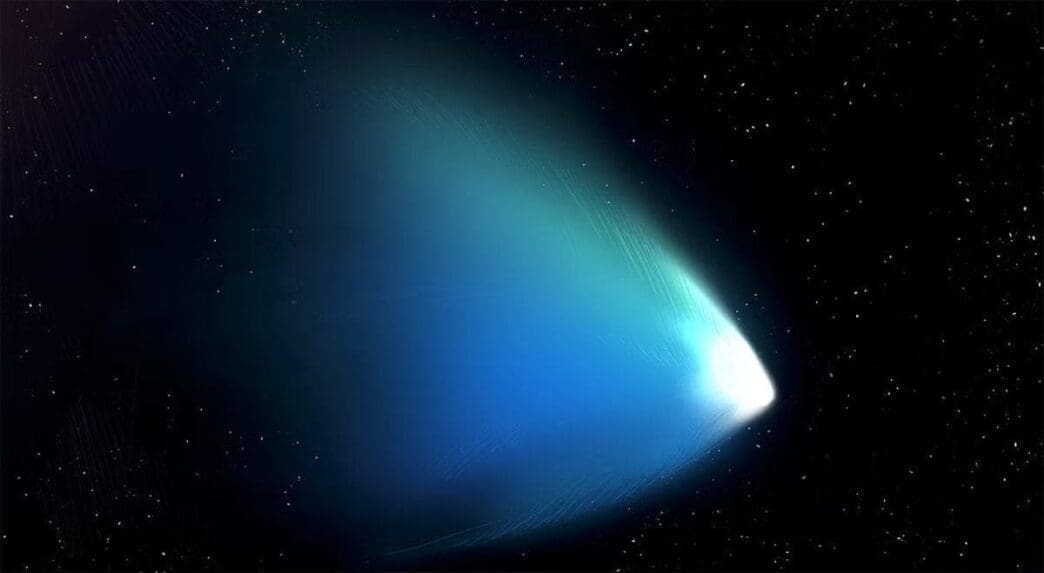The James Webb Space Telescope’s recent observations have revealed surprising chemical compositions on the centaur 2060 Chiron, potentially enriching our understanding of the solar system’s early days.
Located between Jupiter and Neptune, Chiron is a unique celestial body that exhibits characteristics of both asteroids and comets. This centaur, discovered in 1977, has intrigued scientists with its peculiar behavior and composition. Centaurs, including Chiron, are believed to have originated in the Kuiper Belt beyond Neptune but moved closer to the sun due to gravitational influences. As they approach the sun, solar heating causes specific ices to sublimate, forming a halo or coma reminiscent of a comet.
The James Webb Space Telescope, led by researchers Charles Schambeau and Noemí Pinilla-Alonso, has identified a distinctive mix of ices and gases on Chiron’s surface. The telescope detected carbon monoxide and carbon dioxide ice, as well as carbon dioxide and methane gas within Chiron’s thin coma. Notably, the methane presence aligns with sublimation from solar-heated regions of the surface, even though temperatures remain chilly at -220 degrees Fahrenheit.
Solar radiation induces chemical reactions within these ices, producing organic byproducts like acetylene, ethane, and propane. These compounds, along with various carbon oxides, were found on Chiron’s surface. According to Pinilla-Alonso, understanding these gases and their interactions with surface ices sheds light on the physical and chemical traits of Chiron, including the ice layer’s thickness and porosity.
Chiron’s ability to behave like a comet and possess rings of material, along with a potential debris field, sets it apart from other centaurs and trans-Neptunian objects. These findings suggest that centaurs are dynamic, undergoing transformations driven by solar heating, which offers valuable insights into their surface and subsurface layers. What makes Chiron particularly valuable is the ability to observe both its surface, where ices reside, and its coma, where gases originate.
Chiron’s elliptical 50-year orbit positions it at varying distances from the sun, reaching its farthest point in 2021. As it moves towards its closest approach in 2047, Chiron will become increasingly active, allowing for more precise analysis of its ices, organic composition, and how sunlight impacts its icy surface. Pinilla-Alonso notes that each centaur observed with the JWST reveals distinct traits, suggesting unknown commonalities or differences among them.
The new findings, published in December’s issue of Astronomy & Astrophysics, hint at the potential evolution of centaurs like Chiron. Over the next million years, gravitational forces could send Chiron farther into the solar system, transforming it into a Jupiter-family comet or ejecting it back into the Kuiper Belt. Such fates echo Chiron’s mythological namesake, leaving its future in the balance of cosmic forces.
The James Webb Space Telescope’s detection of unusual ices and gases on Chiron underscores the complexity and dynamism of centaurs. As these celestial bodies undergo transformations, they offer a rare glimpse into the past and future of the solar system. Continued observation of Chiron will undoubtedly enhance our understanding of these mysterious objects.
Source: Space







